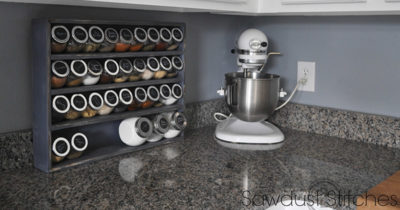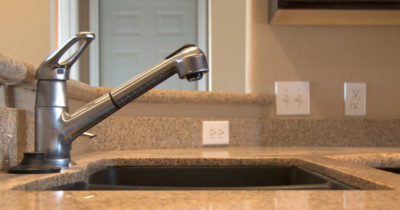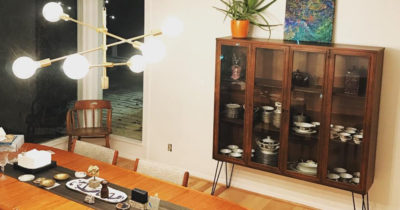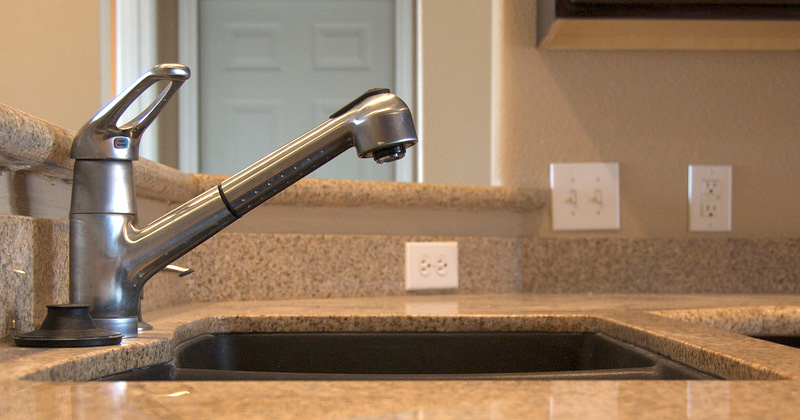
What Is An Undermount Sink?
This post contains affiliate links; if you buy something we get a small commission at no extra cost to youAn undermount sink is a type of sink that hangs below the countertop. It’s attached to the countertop using strong adhesives or special clips.
So, what sets the undermount sink apart from other sink styles?
The most distinctive feature lies in the rim. Unlike with top-mount sinks, the rim of this sink is attached and hidden underneath the countertop. This creates the illusion of the sink basin merging seamlessly into the countertop.
Sink style is an important thing to consider when doing a kitchen remodel or when replacing an old style.
Here are some things to consider about an undermount sink to figure out if you’d like one or not.
Countertop Compatibility
Undermount sinks need a strong countertop which can support their weight.
That’s why solid countertop materials work best here.
Granite, marble, and stone countertops are sturdy enough to support the weight of these sinks. Moreover, they look beautiful.
On the other hand, linoleum and tile counters don’t suit these sinks at all. They have too many weak points, especially along the grouts.
Those countertops run the risk of caving in so avoid them at all costs.
Installation
Proper installation is necessary avoid any problems down the road. An undermount sink requires a precise countertop cut and sealing to ensure it is well-supported.
Reckless installation can result in the sink falling or leaking in the future.
Homeowners often don’t have the right knowledge and tools to install these sinks. For that reason, you should refrain from installing it themselves. The best choice is to hire a professional to do the job, even if it might end up costing a bit more.
Get it done right the first time and have some peace of mind.
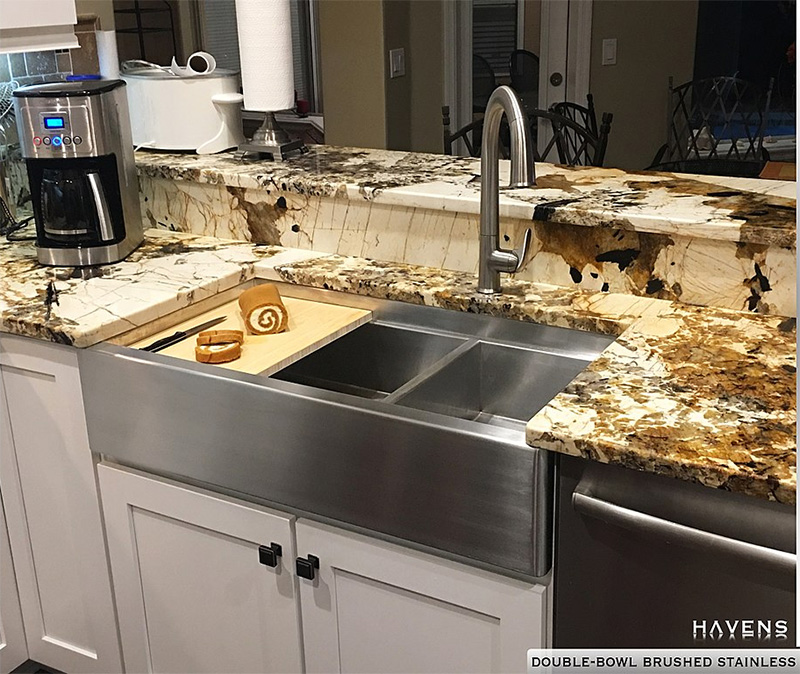
Mounting Style
There are a few mounting styles you can pick when it comes to installing their undermount sinks.
Knowing each option’s characteristics can help you decide which style works best for you.
Positive Reveal
The countertop edges sit slightly back, allowing a small part of the sink rim to peek out.
This option requires less precision, making the installation process easier.
But this option has a drawback. Debris gathers up quickly at the exposed rim and homeowners might need to constantly clean this area.
Negative Reveal
In a negative reveal, a small part of the countertop extends over the sink basin edges.
Negative reveal is the most forgiving way of installing an undermount sink. Misalignments can be hidden under the overhang, so not as much precision is needed.
The main concern of this option is how bacteria and mold may grow on the underside of the overhang. However this shouldn’t be a problem if the sink is washed regularly.
Zero Reveal
In a zero reveal style, the edges of the sink and the countertop should align at the same point.
This mounting style is hard to accomplish as it requires more precision. But the zero reveal style can look exceptional if done right.
With no excess rims or overhangs to collect debris, cleaning the sink should be easy for homeowners.
Pros & Cons of Undermount Sinks
Undermount sinks are aesthetically pleasing.
An undermount sink can enhance minimalistic and modern kitchen designs greatly. The invisible rim creates a seamless and sleek appearance, allowing the simple and natural beauty of the countertop to shine through.
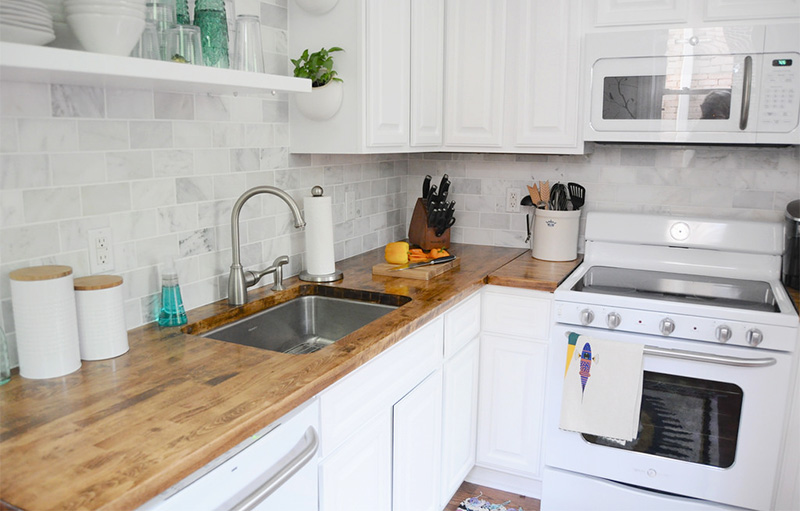
These sinks can also be the perfect choice for homeowners who are tight on space. The lack of rim on the counter allows homeowners to reclaim more space easily.
That said, the amount of space you can free up may not be significant, only about half a square foot at most.
Cleaning up is so much easier with undermount sinks too. You can sweep food scraps and spills directly into the basin with no rim edges blocking your way.
These types of sinks also have a slightly better resale value than their counterparts. Homeowners who are looking to invest in the house might want to get undermount sinks for this reason.
Now that’s a lot of awesome things to consider, but what about the downsides?
Getting and installing a brand new undermount can put a dent in your budget.
These are more expensive than other types of sinks and the higher-end models can hit almost $1000.
The installation process is also more costly. Homeowners often need to hire a professional for the job, adding more to the overall cost. Not to mention that professional carpenters or cabinet makers usually charge more to install undermount sinks due to the difficulty of the process.
While undermount sinks make it easier for you to clean your countertop, cleaning the sink itself can be a challenge.
The gap in between the counter and the top of the sink can collect gunk and get moldy over time. You may find it difficult to clean that area if it’s too small.
You also need to remember to never fill these sinks to the brim.
Filling it all the way can cause water to leak into the adhesive between the sink and the counter. Since most sink adhesives are not waterproof, the sink may get detached and eventually dip or fall out completely.
Basically if you care for this type of sink and have the money to get one installed, go for it. This is a beautiful feature to any kitchen and if you know what you’re in for then you’ll be happy with the result.



